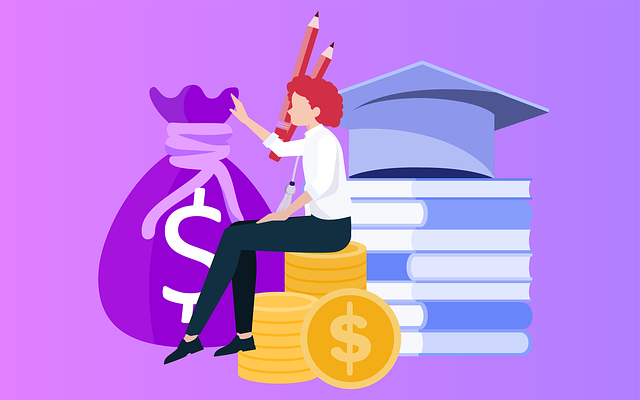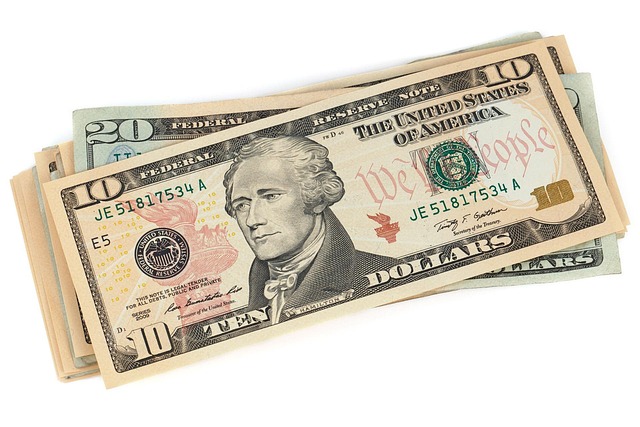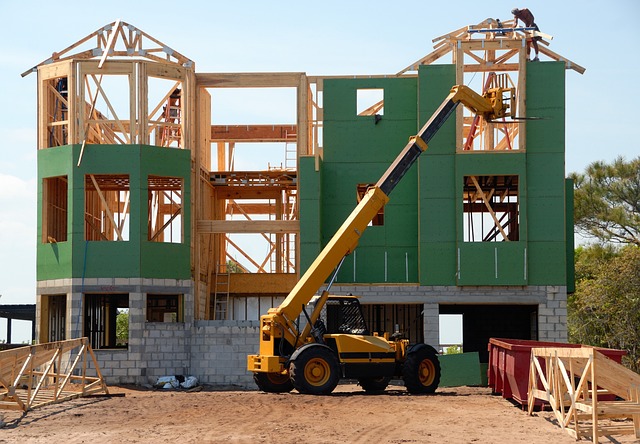Higher interest rates impact the real estate market by reducing homebuyer purchasing power, slowing sales and new construction. This shift may result in a more balanced market with strategic pricing. For investors, higher rates offer advantages like increased rental income and potential property value appreciation. Savers benefit from higher returns on deposits. Borrowers can lower costs by refinancing, while buyers should focus on building strong credit to secure favorable loans.
In recent times, a shift towards higher interest rates has significantly impacted financial landscapes. This article explores the ripple effects of this trend on the dynamic real estate market. We delve into how higher rates influence trends within the industry, offering insights for savers and investors. Furthermore, we provide strategies for borrowers navigating this new environment. Understanding these dynamics is crucial for both individuals and professionals seeking to make informed decisions in the ever-changing realm of real estate.
Impact on Real Estate Market Trends

Higher interest rates can significantly impact the real estate market, with effects trickling down from both ends of the spectrum. As borrowing costs increase, prospective homebuyers may find themselves with reduced purchasing power, potentially slowing down sales and new construction projects. This shift could lead to a more balanced market, where properties spend more time on the market, allowing sellers to be more strategic in their pricing.
On the other hand, higher rates might encourage investors seeking more stable returns. They could turn to real estate as a safe haven, driving up demand for investment properties and potentially pushing prices higher. This dynamic could create a competitive environment, especially in areas with high desirability factors, further influencing market trends.
Advantages for Savers and Investors

Higher interest rates can offer significant advantages for savers and investors, including those in the real estate sector. For savers, higher rates mean increased returns on their deposits, encouraging more people to save. This boost in savings can contribute to financial stability and economic growth. Investors, particularly in real estate, benefit from the potential for higher rental income as interest rates rise. Property owners may find that they can charge more for rent due to the higher costs of financing mortgages, leading to improved cash flow.
Additionally, investors with a focus on capital appreciation might see increased property values over time, especially if interest rates are rising steadily. This dynamic can create a positive feedback loop, where stronger economic conditions fueled by savings encourage real estate investment, which in turn drives up property prices and rental income. As such, higher interest rates can be a double-edged sword, presenting both challenges and opportunities for various market participants, with savers and investors in real estate potentially reaping substantial benefits.
Strategies for Borrowers in Higher Rate Environment

In a higher interest rate environment, borrowers in the real estate market face unique challenges. One key strategy for existing homeowners is to review their loan options and consider refinancing if rates have dropped significantly since they initially secured their mortgage. This can help lower monthly payments and reduce the overall cost of borrowing over the life of the loan.
Additionally, prospective buyers should focus on building a strong credit profile before applying for a mortgage. Higher interest rates often mean more stringent lending criteria, so demonstrating responsible financial behavior through timely bill payments, low debt-to-income ratios, and a solid credit history can increase the chances of securing a favorable loan at competitive rates.






